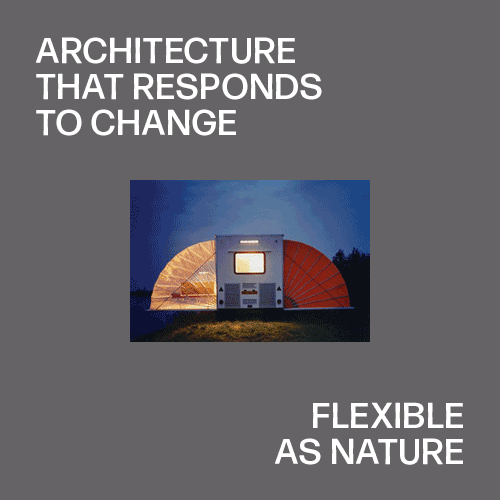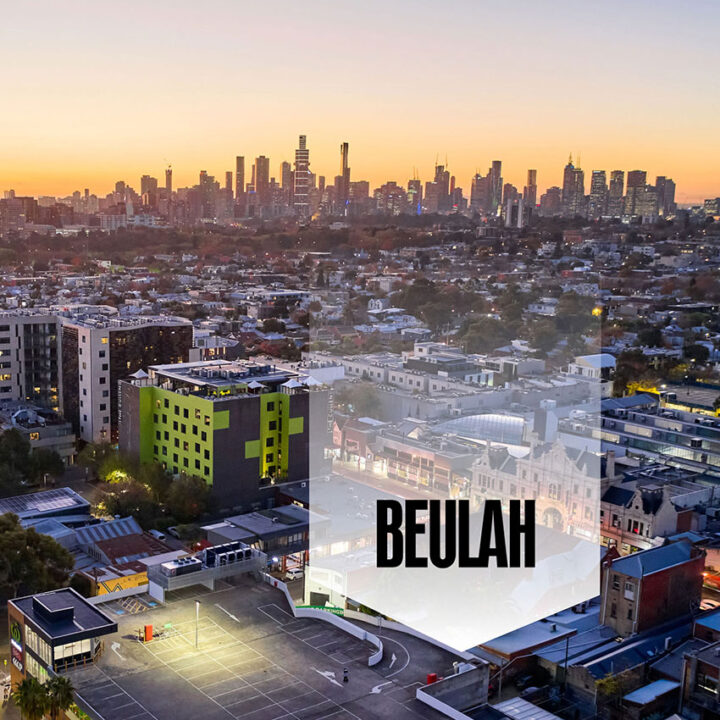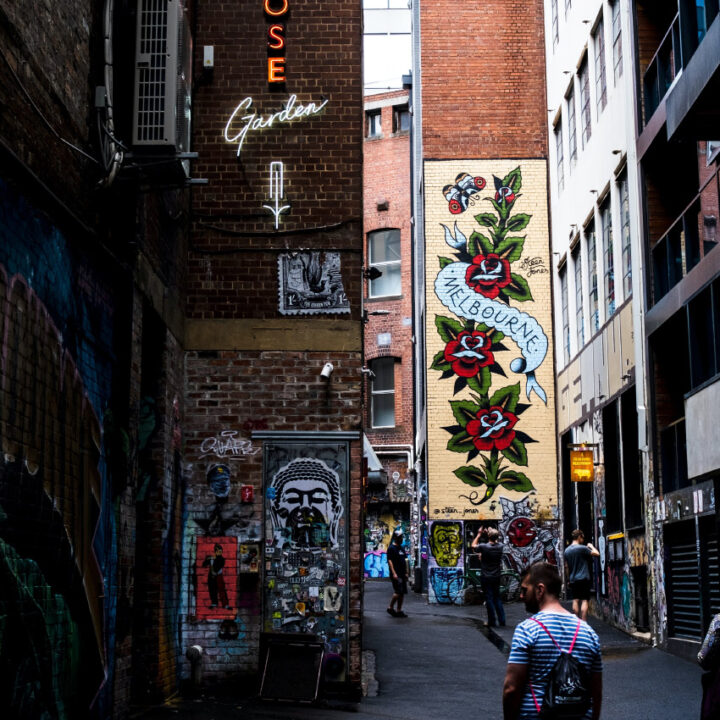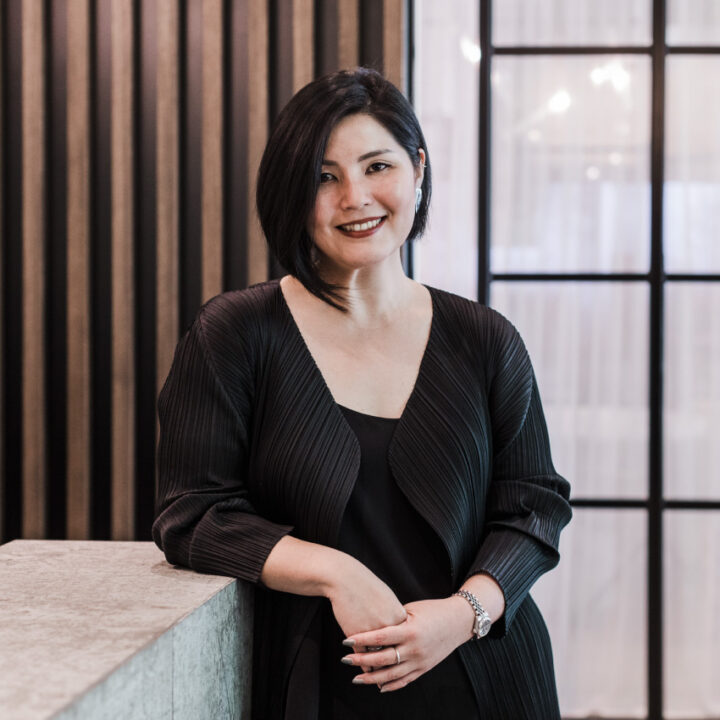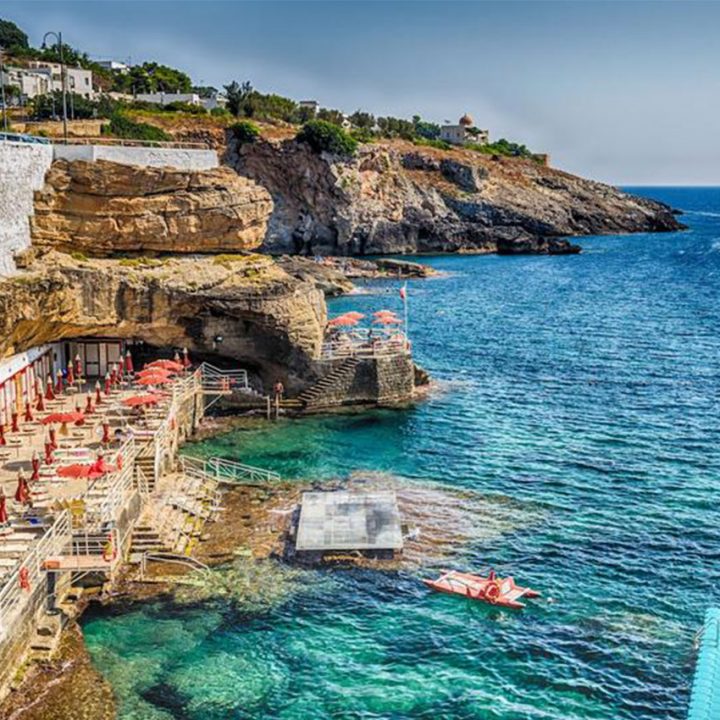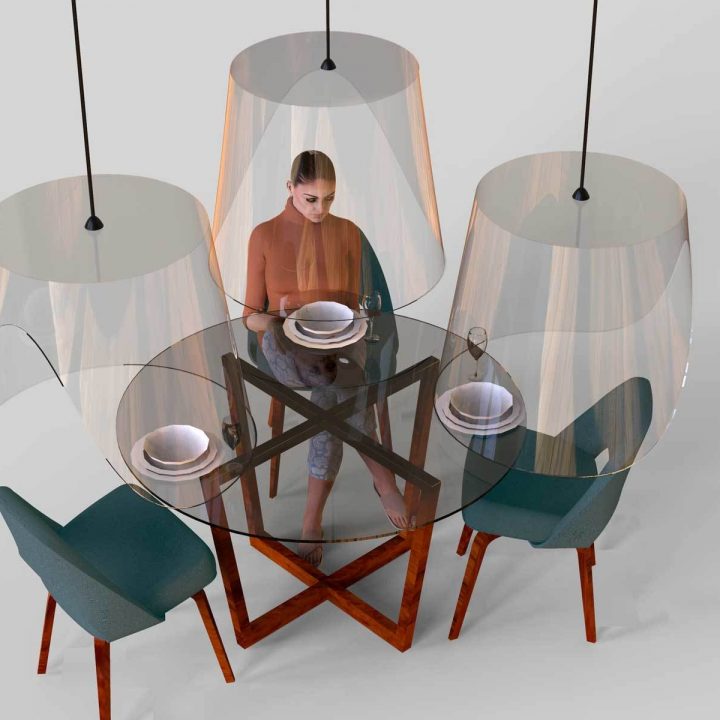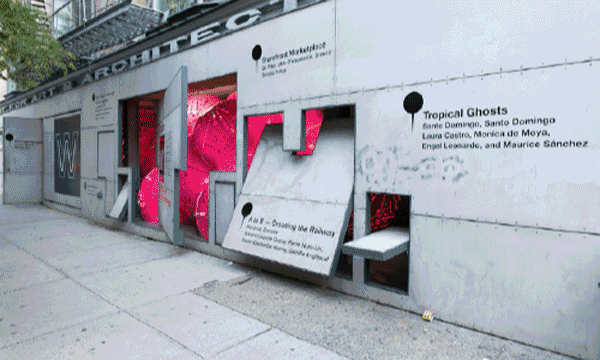
Some of our favourite examples of this forward-thinking design practice include Prada Transformer by OMA, The Shed – A Centre for Arts by Diller Scofido, Renfro and Rockwell group and Storefront for Architecture by Architect Steven Holl and artist Vito Acconci, which each adopt Flexible Architecture to create a truly transformational space.
Priding ourselves on seeing opportunities where others do not, we’re committed to exploring the use of Flexible Architecture to deliver projects that meet and exceed the developing demands in this ever-changing era.
